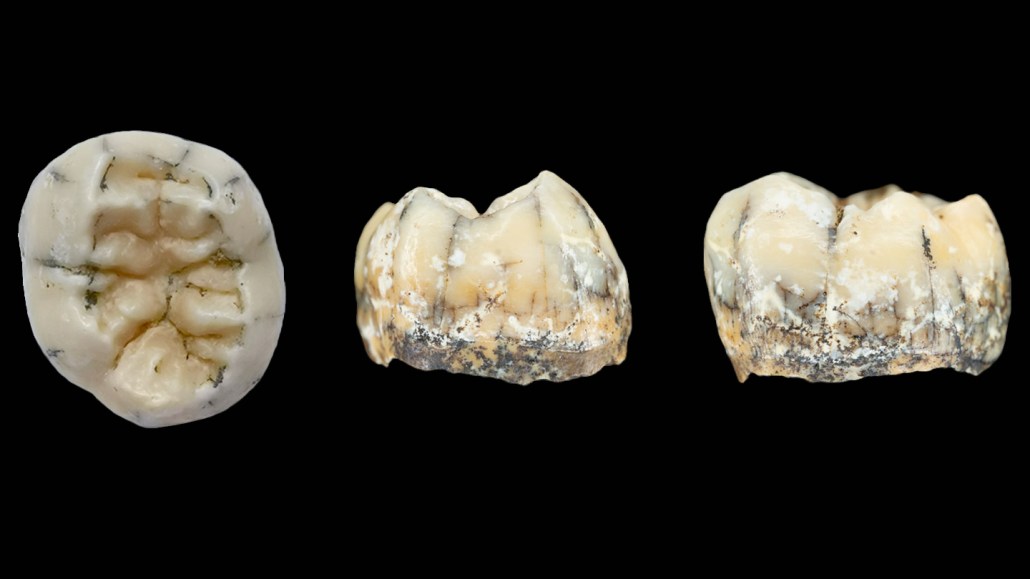A Denisovan girl’s fossil tooth may have been unearthed in Laos
A molar adds to suspicions that the mysterious hominids inhabited Southeast Asia's forests

A newly discovered fossil tooth (shown from multiple angles) from Southeast Asia probably belonged to a Denisovan girl who lived between 164,000 and 131,000 years ago, scientists say.
F. Demeter et al/Nature Communications 2022







